Standing on the bow of a boat fishing for cobia through the hottest part of the day is no picnic. The sun is high and cooking you head-first through your hat. Clouds are thin and disappear too fast to offer any shade breaks. The breeze does nothing but move hot air around you.
Then you finally spot the brown suits you’ve been looking for floating just under the surface.
You drop the bucktail just past the fish and it turns, surprising you with its immediate interest. The moments before the brown shadow grabs your lure — while it’s tracking the zig-zagging bucktail — feel like they’re unfolding in slow-motion.
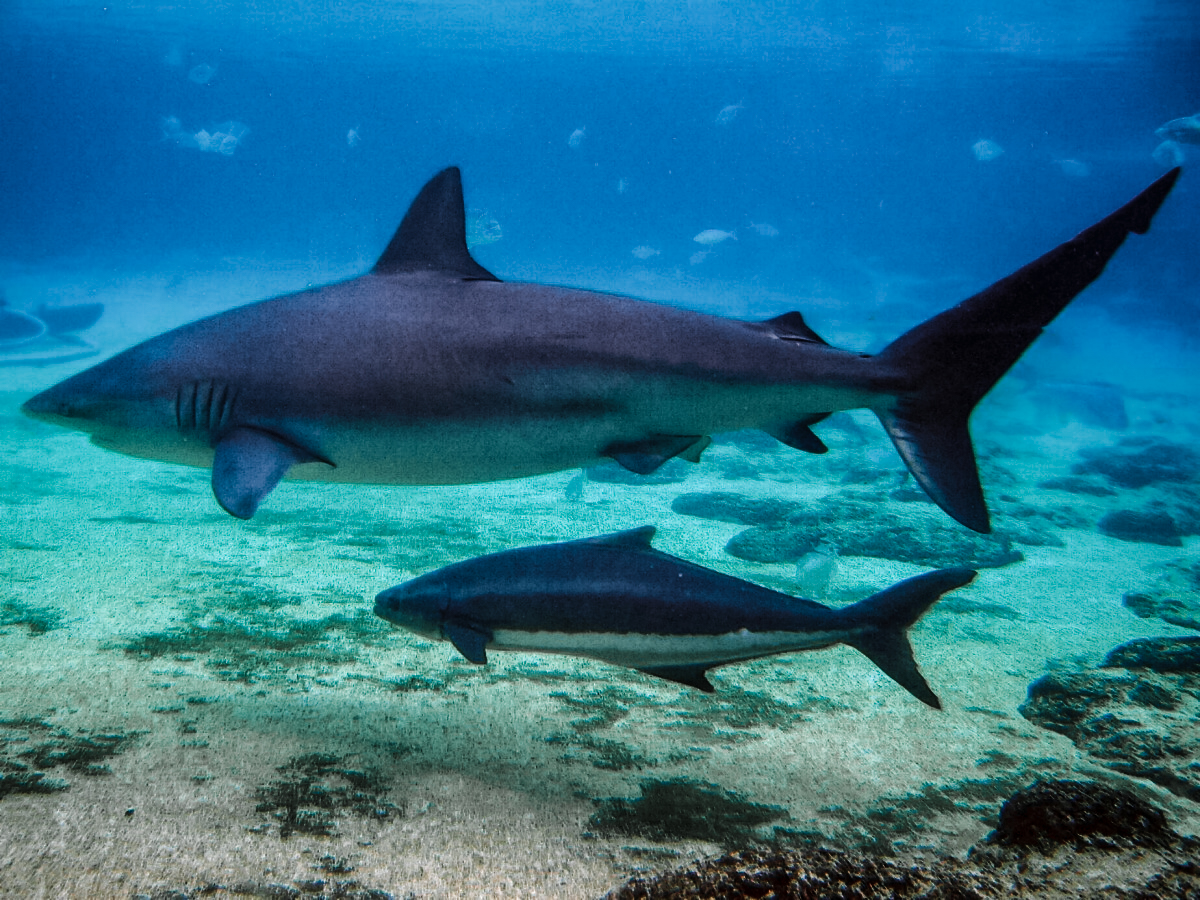
The fish inhales the lure with a big swipe and bolts as soon as it feels the hook set in its jaw. After a battle of wills with the big cobia, the captain nets the fish boatside, and it goes into the ice chest.
There are anglers and charter captains who dedicate entire months of their season to chasing cobia. With fish potentially reaching 100 pounds or more, it’s not hard to see why. Plus, they are awesome when filleted and blackened with some paprika, black pepper, thyme, garlic powder, and salt.
Let’s take a look at the cobia, some of the best places to fish for them, and what sort of gear you’ll need.
RELATED – 7 Ugly Fish and Why We Love Them
The Skinny on Cobia
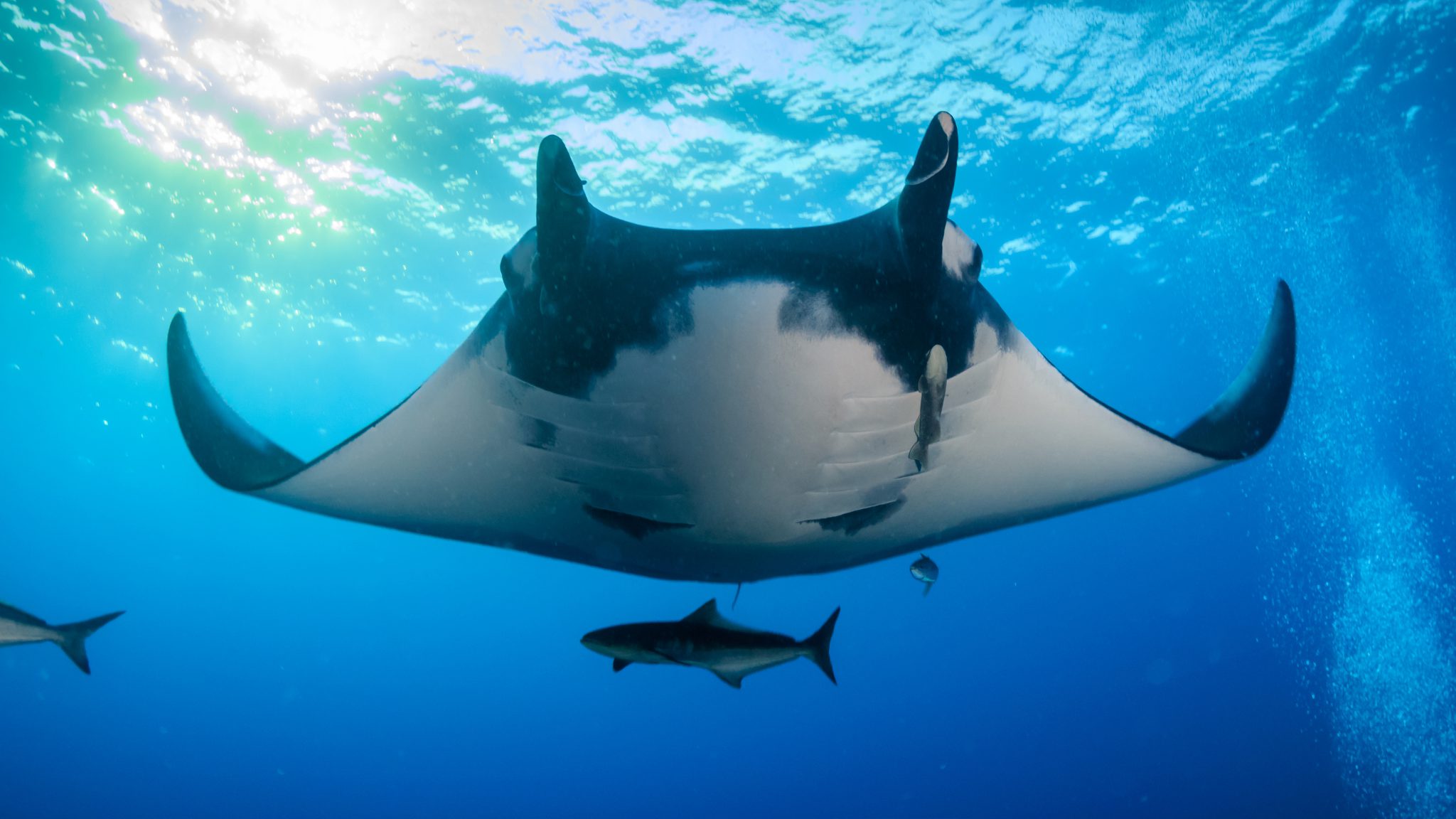
Found in warm to tropical waters off the Atlantic and Gulf Coasts down to the Caribbean, cobia are generally a pretty solitary fish. They are strong, aggressive predators, mainly feeding on crustaceans but also fish and squid. They’re known for tailing manta rays and picking up the tasty morsels they miss.
It’s during their annual spawning migrations that they gather in numbers, usually around some sort of structure — as big as bridge pilings or as small as a patch of seagrass floating on a tide line — where food sources congregate.
When they spawn, the fish move from their wintering grounds in the Gulf around February, passing Florida in March, North Carolina by the end of April, and trucking as far north as Massachusetts by the summer months.
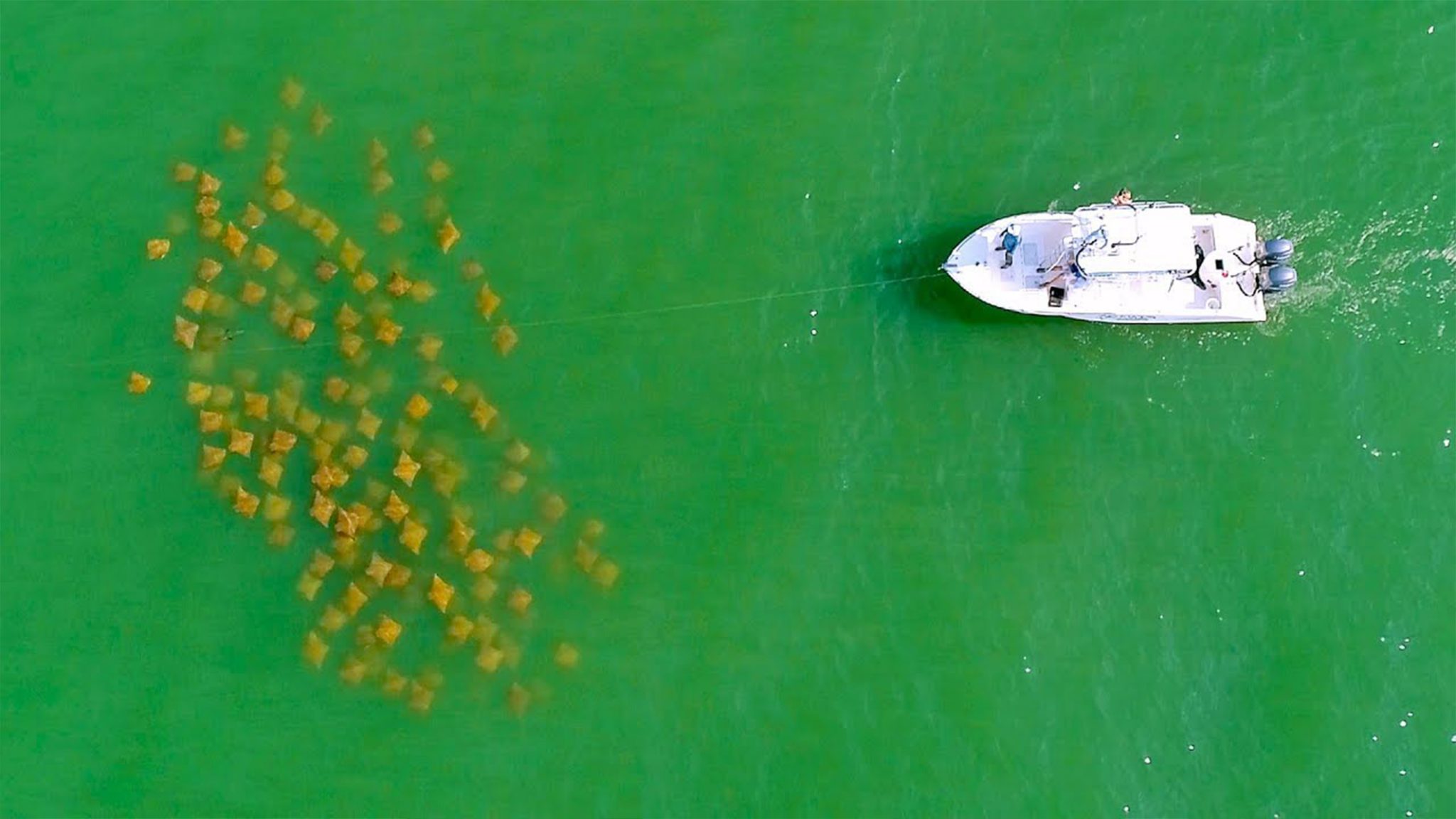
Surface water temps around 68 or 69 degrees are the starting gun for their trip. Cobia spawn in coastal bays and estuaries several times throughout their spawning season. Females release between 375,000 and 2 million eggs each time they spawn.
The eggs float freely with the currents until they hatch. They’re pretty much helpless during their first week until the eyes and mouths develop. The male reaches sexual maturity at two years and the female at three. Both have a lifespan of about 15 years.
The adults are dark brown with a single dorsal fin. When they’re young they have alternating black and white horizontal stripes and splotches of bronze, orange, and green. Cobia are often mistaken for sharks or remoras. Actually, their closest living relative is the remora.
RELATED – Brown Trout: The Jekyll and Hyde Badass of American Gamefish
Best Places to Fish for Cobia
Cape Hatteras, North Carolina
They start to show up around inlets along the northern Outer Banks the last week of April. They typically show up in big waves, then work their way around the Cape Lookout shoals, then to Drum Inlet, then to Portsmouth, Ocracoke and Hatteras inlets, and then to Diamond Shoals. By the end of May the bigger fish will be all over the area on their way to the Chesapeake.
There’s no substitute for local knowledge. Before you head out, check in with some folks in the know.
- Red Drum Tackle Shop, Buxton, North Carolina
- Frank & Fran’s, Avon, North Carolina
Destin, Florida
Destin is essentially cobia mecca. It’s where the fish spend their winters, which is why the Cobia World Championship is hosted in Destin. It’s not known as the “World’s Luckiest Fishing Village” for nothing.
Once the water temperature hits the mid-to-high 60s starting in February/March, cobia start their migration. This is when near-shore anglers have their best chance of tangling with big cobia.
With a year-round fishery like Destin, local tackle shops will have the best advice on where, when, and how to find fish.
- Half Hitch, Destin, Florida
- Emerald Coast Bait & Tackle, Fort Walton Beach, Florida
First Coast, Florida
Come late March, Cobia start to make their way up the Atlantic Coast. Anywhere from the Space Coast and Daytona Beach north to Jacksonville is the ticket. Cobia are crazy popular with the locals.
With fuel being so expensive, there’s going to be a lot of near-shore fishing. Since pressure is going to be heavy when they show up, put in the time to find them before you start seeing everyone else posting fish on the ‘gram.
Your best bet for potentially beating the crowds is to make friends with the local shops that rely on the fish for their livelihood.
- B&M Bait and Tackle, Jacksonville, Florida
- Strike-Zone Fishing, Jacksonville, Florida
Virginia Beach, Virginia
Following the rise in water temps, cobia hit Virginia Beach in early summer. Fishing from North End Beaches all the way back to the Eastern Shore shoals, as well as the Grandview and Buckroe Beach areas of Hampton near the mouths of the lower bay rivers, are all solid choices. Make sure you fish around the pilings of the Chesapeake Bay Bridge tunnel as well.
Local fishing reports and a hint at what colors are hot never hurt anyone’s chances at catching fish. Check in for some intel before you head out.
- Oceans East Tackle Shop, Virginia Beach, Virginia
- Long Bay Pointe Bait and Tackle, Virginia Beach, Virginia
RELATED – Rooster Fish: Get Tropical and Be Ready for a Fight
The Gear You’ll Need
The setup for cobia is pretty straightforward. Two outfits will cover pretty much every scenario: a heavy-action 7-foot or longer spinning rod for casting a bucktail or dropping jigs, and a lighter 7-foot moderate-action rod for casting a live eel. You’re going to want reels that hold at least 100 yards of 50-pound braid with a drag that’s burly enough to rein in a 100-pound cobia.
The terminal end of your line is important since the fish are so strong and heavy. Use a Bimini Twist to an Albright knot to double the braided line and tie 3 feet of 60-pound test fluoro to that.
A brightly colored 2- to 3-ounce bucktail with a pink, orange, chartreuse, or white Mr. Twister-style tail rigged on the hook. The tail keeps the jig from sinking too quickly.
For the bait rod, 40-pound fluoro is enough, along with an 8/0 Gamakatsu Octopus Circle hook.
Before You Go
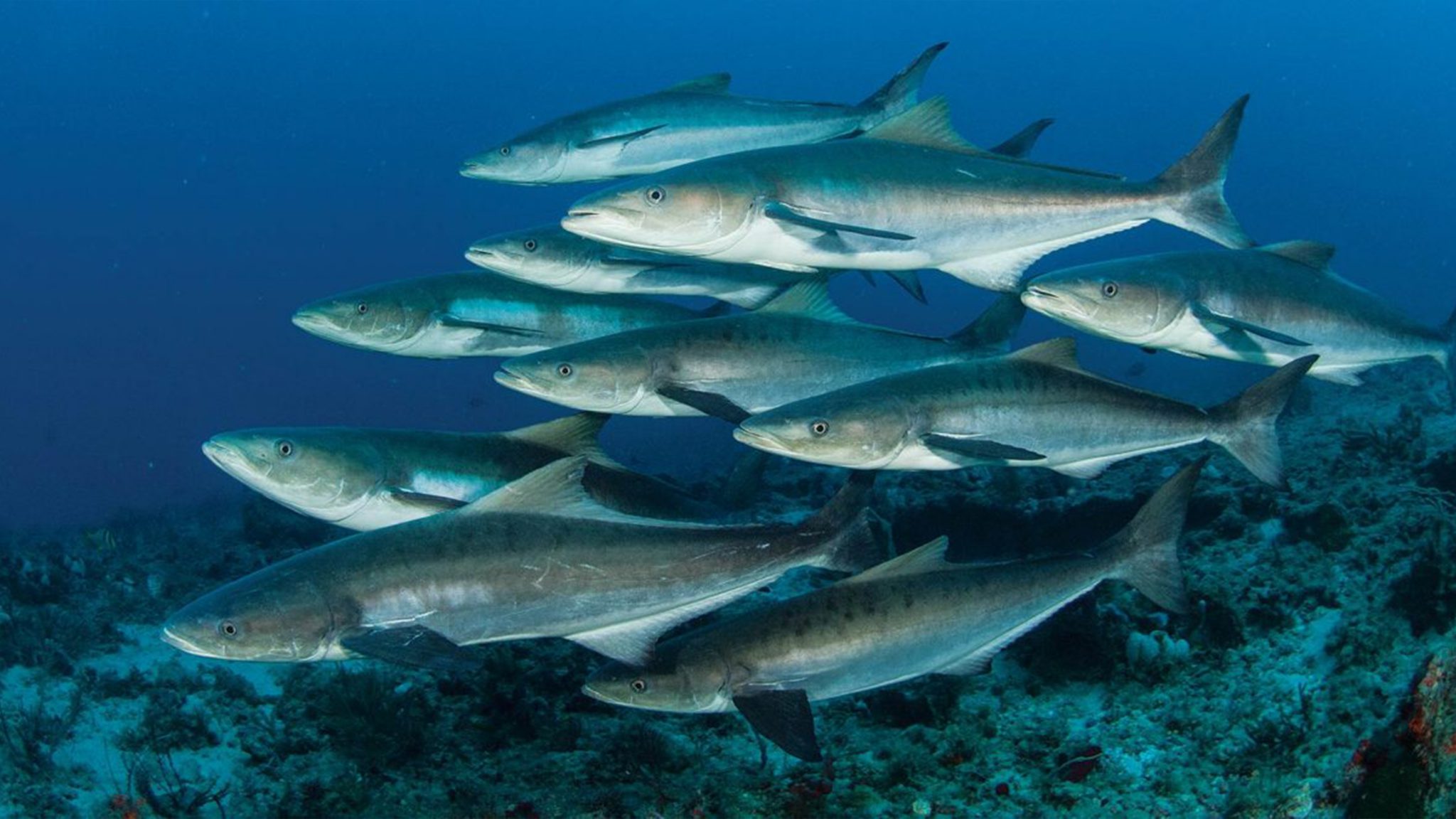
Depending on the state waters you’ll be fishing in, be familiar with the size and bag limits for cobia. Likewise, make sure you know where state and federal water boundaries are since fisheries management regs differ between the two.
Pack appropriate UPF protectant sun shirts, hats, and even gloves for those long intense sun days. Sunscreen is a must even if you wear a hat. The reflection off the water will burn you just as easily.
If you book a charter, they’ll most likely have water in a cooler, but it’s not a bad idea to fill and bring your own reusable water container. Make sure you drink it. Staying hydrated is the simplest way to stave off headaches and nausea — neither of which you want on a trip that lasts four to eight hours.
READ NEXT – Striped Bass: The Phish of the Sea



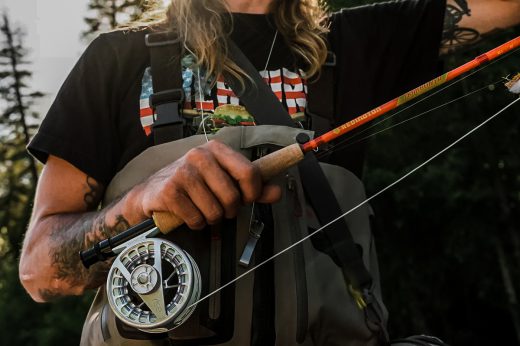
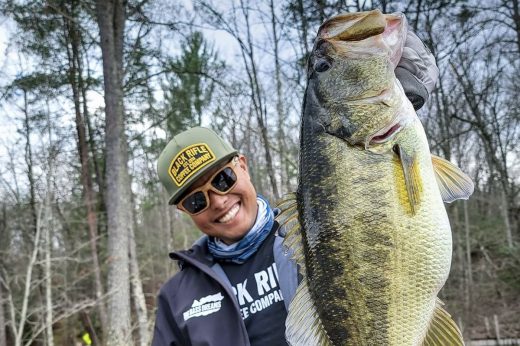
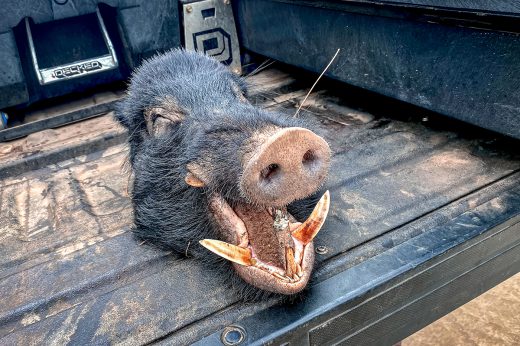


Comments